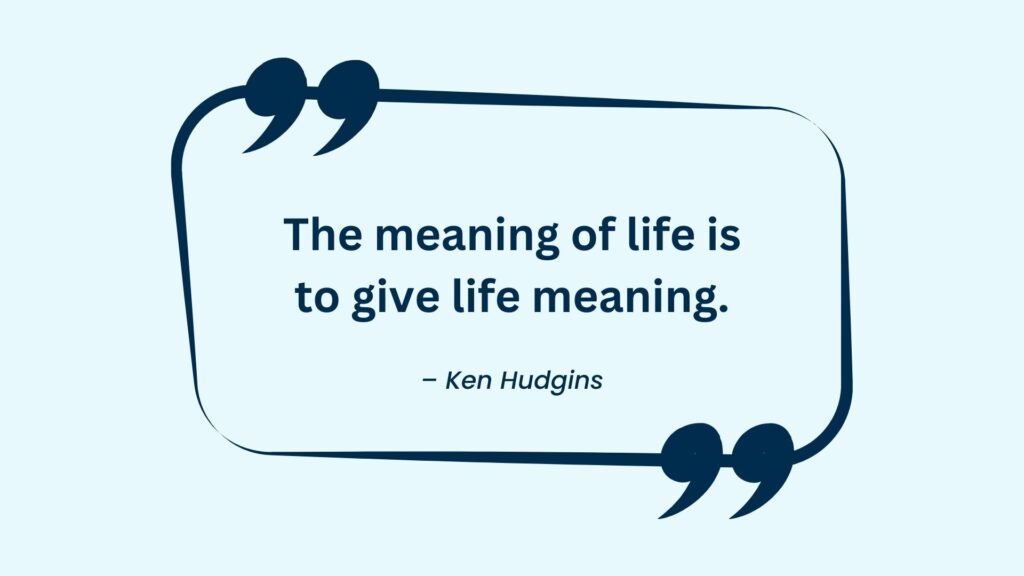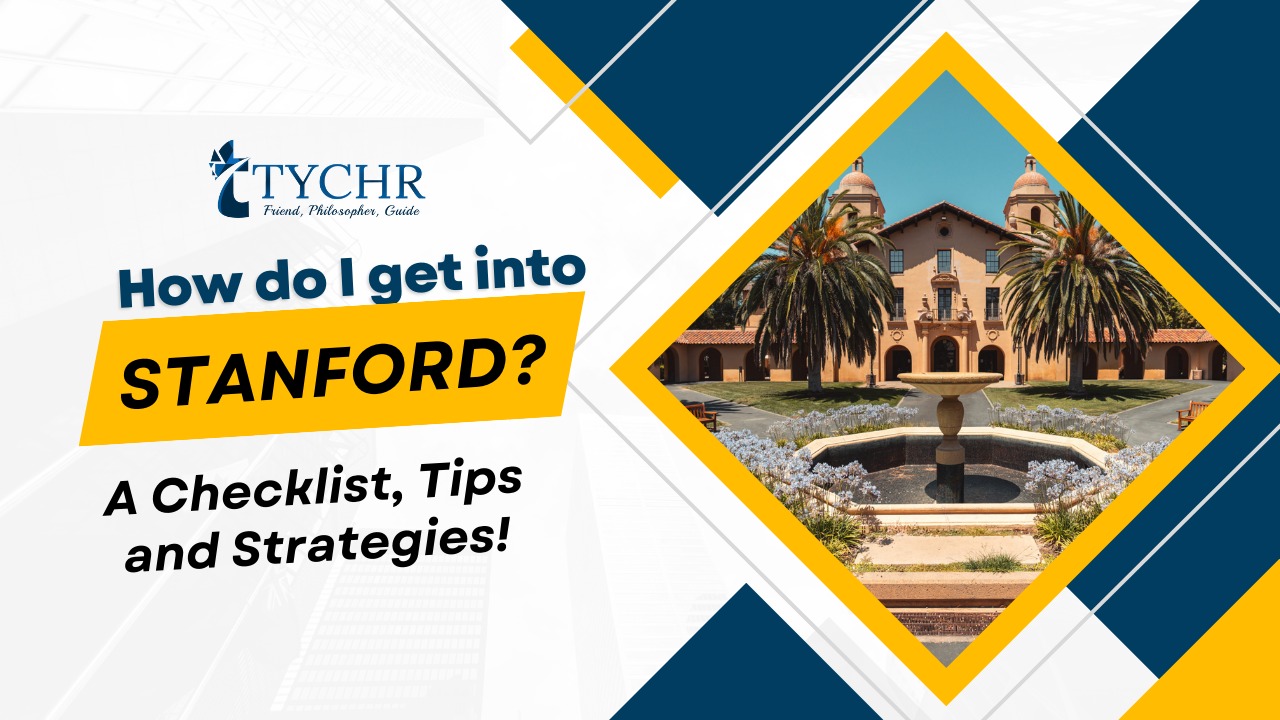Dreaming of joining the esteemed ranks of Stanford University? Getting accepted into Stanford’s undergraduate program is a highly competitive endeavor that requires careful planning, preparation, and a compelling application. In this comprehensive blog post, we will explore the essential strategies and effective essay techniques that can increase your chances of gaining admission to Stanford University. Discover the insider tips, personal insights, and proven strategies that have worked for successful applicants. Let’s embark on this journey towards achieving your Stanford undergraduate aspirations!
Applying to Stanford University can be a complex process, but with proper planning and organization, you can ensure that you submit a strong and complete application. To help you stay on track, here is a checklist of essential items for undergraduates to cross-check before applying to Stanford:
- Familiarize Yourself with Stanford’s Admissions Requirements: Review Stanford’s official admissions website to understand the specific requirements, deadlines, and application components for undergraduate applicants.
- Standardized Tests: Check the requirements for standardized tests, such as the SAT or ACT, and ensure you have taken the necessary exams. Be aware of the submission deadlines and consider taking the tests well in advance to allow time for retests if needed.
- Academic Transcripts: Request official copies of your high school transcripts from your school’s registrar. Double-check that they reflect your grades, course load, and academic achievements accurately.
- Letters of Recommendation: Identify teachers, counselors, or other individuals who can provide strong letters of recommendation. Make sure to ask them well in advance and provide them with any necessary forms or instructions. Letters of recommendation provide valuable insights into your character, abilities, and potential for success at Stanford. We’ll share tips on selecting the right recommenders, establishing strong relationships with them, and guiding them to write compelling letters that highlight your strengths and potential contributions to the Stanford community.
- Personal Statement/Essay: Begin brainstorming and drafting your personal statement or essay. Reflect on your experiences, aspirations, and how you can contribute to Stanford’s community. Seek feedback from trusted mentors or advisors to refine your essay. Your personal statement is a pivotal component of your Stanford application. We’ll guide you through the art of crafting a compelling and authentic personal statement that showcases your unique experiences, perspectives, and aspirations.
- Supplemental Essays: Stanford requires several supplemental essays. Familiarize yourself with the prompts and develop thoughtful, well-crafted responses. Be sure to align your responses with your personal experiences, interests, and goals. Stanford’s supplemental essays offer you an opportunity to provide additional insights into your character, passions, and intellectual pursuits. We’ll explore Stanford’s essay prompts and provide strategies to tackle each one effectively. You’ll learn how to showcase your intellectual curiosity, demonstrate your fit with Stanford’s values, and articulate your goals in a way that resonates with the admissions committee.
- Extracurricular Activities: Compile a comprehensive list of your extracurricular activities, including clubs, sports, community service, internships, or any other significant involvements. Highlight your leadership roles, responsibilities, and achievements within each activity. The Activities and Awards section of the Stanford application provides an opportunity to provide a comprehensive overview of your involvement and accomplishments. We’ll guide you on how to strategically curate this section, highlight your most significant contributions, and showcase the breadth and depth of your experiences.
- Portfolio or Additional Materials (if applicable): Determine if your intended major or program requires any additional materials, such as portfolios, auditions, or writing samples. Prepare these materials according to the specific guidelines provided by the department.
- Financial Aid and Scholarships: Research and understand the financial aid and scholarship options available at Stanford. Review the deadlines and requirements for submitting the necessary financial aid applications, such as the CSS Profile or FAFSA.
- Application Fee or Fee Waiver: Determine if you are eligible for an application fee waiver based on your financial circumstances. If not, ensure that you have the necessary funds to pay the application fee.
- Double-Check Application Details: Review your application thoroughly for accuracy, ensuring that all personal information, contact details, and academic information are entered correctly. Verify that you have included all required documents and signatures.
- Submit the Application: Before submitting your application, carefully review all sections to ensure completeness and accuracy. Submit your application before the specified deadline, allowing sufficient time for any unforeseen issues that may arise.
- Keep Track of Deadlines: Maintain a calendar or checklist to stay informed about all the important application deadlines, including submission deadlines for standardized test scores, financial aid applications, and any other supporting documents.
Remember, this checklist is a general guide, and it is essential to refer to Stanford’s official admissions website for the most accurate and up-to-date information. Stay organized, start early, and seek guidance from your teachers, counselors, or mentors throughout the application process. Best of luck with your application to Stanford University!
Additionally, here are some tips to consider when you submit your application to Stanford:
- Understanding Stanford’s Admissions Process: Before diving into the application process, it’s crucial to familiarize yourself with Stanford’s unique admissions criteria and what the university looks for in prospective students. Stanford’s holistic review process considers various aspects beyond just grades and test scores, such as extracurricular activities, personal achievements, leadership experiences, and the potential to contribute to the Stanford community. We’ve given you the checklist as mentioned above so you have a brief idea about what is expected from you!
- Showcasing Intellectual Curiosity and Academic Preparedness: Stanford seeks students who are intellectually curious, academically prepared, and eager to embrace a challenging academic environment. We’ll discuss strategies to demonstrate your passion for learning, your engagement with academic pursuits, and your readiness to thrive in Stanford’s rigorous educational setting.
- Stand Out with a Unique Perspective: Stanford values diverse perspectives and a range of backgrounds. We’ll explore ways to infuse your application with your unique cultural, personal, or academic perspectives. You’ll learn how to articulate the insights you’ve gained from your experiences and how they have shaped your worldview, contributing to the rich tapestry of Stanford’s community.
- The Importance of Authenticity and Self-Reflection: Throughout the application process, it’s vital to stay true to yourself and authentically present your experiences and aspirations. We’ll emphasize the importance of self-reflection, exploring your motivations, and articulating your genuine passions. Stanford values applicants who bring their unique voices and perspectives to the table.
- The Final Touch: Polishing Your Application: In the final stages of your application, attention to detail and meticulous editing can make a significant difference. We’ll provide tips on proofreading, formatting, and ensuring that your application reflects your best work. Additionally, we’ll discuss the significance of submitting your application early and meeting all deadlines.
Stanford University is renowned for its academic excellence, cutting-edge research, and vibrant community. However, gaining admission to Stanford is notoriously difficult due to its highly competitive applicant pool and low acceptance rates. Here are a few strategies you can consider to improve your chances of getting into Stanford:
- Cultivate Strong Relationships: Develop relationships with teachers, mentors, and advisors who can provide insightful and compelling letters of recommendation. These individuals should have a deep understanding of your abilities, character, and potential.
- Show Intellectual Curiosity: Pursue independent projects, research opportunities, or summer programs that reflect your intellectual curiosity and demonstrate your willingness to go beyond the classroom to expand your knowledge.
- Seek Leadership Roles: Take on leadership positions in your extracurricular activities, showcasing your ability to guide and inspire others. This demonstrates your potential to make a lasting impact on Stanford’s campus.
- Personalize Your Application: Tailor your essays, personal statement, and supplemental essays to reflect your unique experiences, perspectives, and aspirations. Use this opportunity to convey how you will contribute to Stanford’s diverse community and make a difference.
- Seek Feedback and Polish: Seek feedback from teachers, counselors, or mentors on your application materials. Revise and polish your essays and application to ensure clarity, coherence, and an engaging narrative.
- Demonstrate Resilience and Growth: Highlight moments of challenge or setbacks in your application, showcasing how you overcame obstacles and grew as an individual. Stanford values students who exhibit resilience and a growth mindset.
- Early Preparation: Start preparing for the application process early, allowing ample time for self-reflection, essay writing, and editing. Research Stanford’s deadlines and requirements to avoid any last-minute rush.
- Be Yourself: Above all, be authentic and true to yourself throughout the application process. Stanford seeks individuals who will contribute unique perspectives, experiences, and talents to their community. Be confident in who you are and let your genuine self shine through your application.

Here’s Stanford’s Application and Testing Deadlines
You have to submit your Common Application by 11:59 PM (in your local timezone) on the applicable deadline. Refer to the table below for the important dates you shouldn’t miss out!
| Restrictive Early Action | Regular Decision | |
| Application with Arts Portfolio | October 15 | December 5 |
| Materials for Arts Portfolio | October 20 | December 10 |
| Standard Application Deadline | November 1 | January 5 |
| Notification of Missing Documents | Mid-November | Mid-January |
| Decisions Released by | Mid-December | Early-April |
| Student Reply Date | May 1 | May 1 |
Securing admission to Stanford University requires more than just exceptional grades and test scores. It demands a well-rounded application that showcases your unique qualities, experiences, and potential contributions. By understanding Stanford’s admissions process, honing your essay writing skills, highlighting your achievements, and presenting an authentic and compelling application, you can increase your chances of joining the vibrant Stanford community. Remember, the path to Stanford is challenging, but with the right strategies and dedication, your dream of becoming a Stanford undergraduate can become a reality.








